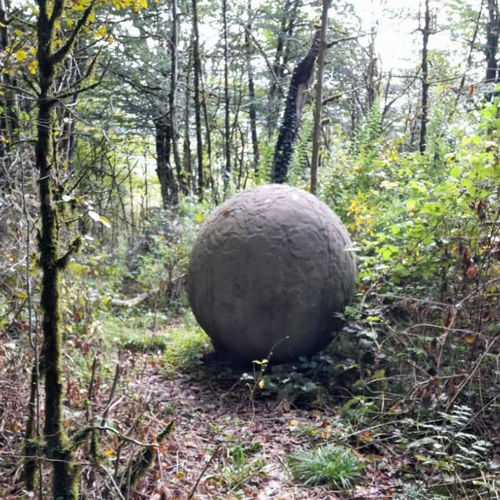| ID | #1714302272 |
| Added | Sun, 28/04/2024 |
| Author | July N. |
| Sources | |
| Phenomena | |
| Status | Hypothesis
|
Initial data
In 1983, the average resident of the quiet Welsh village of Llanillar experienced an extraordinary event that still raises many questions and controversies. This event is widely known as the "Welsh Roswell" — a reference to the famous UFO incident in Roswell, New Mexico, in 1947.
One day in January, farmer Irvel Evans noticed metal fragments on his farm, scattered over an area the size of three football fields. In addition, the tops of trees in the nearby forest were damaged, as if they were pinned down by something. Evans immediately notified the police, who, in turn, called Royal Air Force officers and Ministry of Defense agents to the scene.
The services that arrived tried to collect and preserve the found fragments, but did not provide any official explanation for what happened. The Air Force denied that they were conducting any maneuvers or operations in the area at the time, and their radars did not record anything unusual.
The whole case was investigated by local UFO researcher Gary Rowe. He found that some fragments remained in the forest, including pieces of a metal coating resembling aluminum. Rowe kept these finds for 40 years until he was contacted by Mark Ollie, the host of the Ancient Aliens program and a professor at the University of Chester.
Ollie conducted laboratory studies of the fragments, which confirmed the unusual properties of the discovered materials. It turned out that they contain rare and expensive metals such as lanthanum, which in the 1980s were extremely expensive and difficult to produce. In addition, it was found that some fragments had a structure resembling aluminum foam, which was not yet available at that time.
The results of the analysis leave more questions than answers. Researchers are considering the possibility that what fell on a field in Wales in 1983 could have been a spaceship built using alien technology. They also believe that these extraordinary discoveries may be the first step towards the official recognition of the existence of intelligent extraterrestrial life.
The incident in Wales is still controversial and remains one of the most mysterious UFO stories. Will it ever be possible to explain what really happened that night in 1983? This is still an open question.
Original news
Przeciętny mieszkaniec spokojnej walijskiej wioski Llanillar w 1983 roku doświadczył niezwykłego wydarzenia, które do dziś budzi wiele pytań i kontrowersji. Wydarzenie to jest powszechnie znane jako "Walijski Roswell" - nawiązanie do słynnego incydentu UFO w Roswell w Nowym Meksyku w 1947 roku.
Pewnego styczniowego dnia farmer Irwel Evans zauważył, że na jego farmie, na obszarze wielkości trzech boisk piłkarskich, rozsypane są metalowe fragmenty. Dodatkowo w pobliskim lesie uszkodzone były wierzchołki drzew, jakby coś je zmiażdżyło. Evans natychmiast powiadomił policję, a ta z kolei wezwała na miejsce funkcjonariuszy Królewskich Sił Powietrznych oraz agentów Ministerstwa Obrony.
Przybyłe służby podjęły próbę zebrania i zabezpieczenia znalezionych fragmentów, nie ujawniając jednak żadnych oficjalnych wyjaśnień co do tego, co się wydarzyło. Siły powietrzne zaprzeczyły, jakoby w tym czasie prowadziły jakiekolwiek manewry lub operacje w tym rejonie, a ich radary nie zarejestrowały niczego niezwykłego.
Całą sprawę zbadał lokalny badacz UFO, Gary Rowe. Odkrył on, że część fragmentów pozostała w lesie, a wśród nich znajdowały się kawałki metalowej powłoki przypominającej aluminium. Rowe przez 40 lat przechowywał te znaleziska, aż do momentu, gdy skontaktował się z nim Mark Olly, prezenter programu "Ancient Aliens" i profesor Uniwersytetu w Chester.
Olly przeprowadził badania laboratoryjne fragmentów, które potwierdziły niezwykłe właściwości odkrytych materiałów. Okazało się, że zawierają one rzadkie i drogie metale, takie jak lantanu, których produkcja w latach 80. XX wieku była niezwykle kosztowna i trudna. Ponadto stwierdzono, że część fragmentów ma strukturę przypominającą aluminiową piankę, która w tamtym czasie nie była jeszcze dostępna.
Wyniki analiz pozostawiają więcej pytań niż odpowiedzi. Badacze rozważają możliwość, że to, co spadło na walijskie pola w 1983 roku, mogło być statkiem kosmicznym zbudowanym z wykorzystaniem obcych technologii. Uważają również, że te niezwykłe odkrycia mogą być pierwszym krokiem na drodze do oficjalnego uznania istnienia inteligentnego życia pozaziemskiego.
Incydent w Walii wciąż budzi wiele kontrowersji i pozostaje jedną z najbardziej zagadkowych historii związanych z UFO. Czy uda się kiedyś wyjaśnić, co tak naprawdę wydarzyło się tamtej nocy w 1983 roku? Pozostaje to wciąż otwartą kwestią.
Hypotheses
Space debris
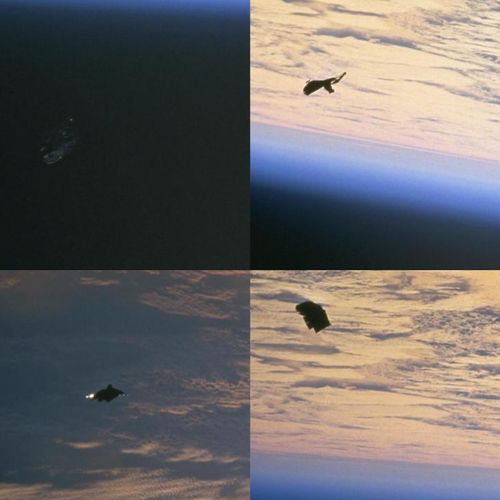
By space junk refers to all manmade objects and their fragments in space, which is already faulty, not functioning, and will never be able to serve any useful purpose. Currently in low earth orbits up to altitudes of about 2000 km is, according to various estimates, about 220 thousand (300 thousand according to the UN office for outer space Affairs, October 2009) man-made objects weighing up to 5000 tons.
In the case of UFOs, it is possible to expand this list lost cosmonauts things (tools, etc.).
Meteor
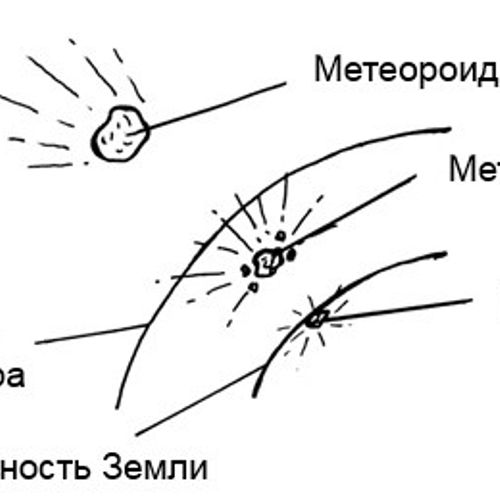
Meteor, "shooting star" is a phenomenon that occurs when small meteor bodies (for example, fragments of comets or asteroids) burn up in the Earth's atmosphere. A similar phenomenon of greater intensity (brighter than magnitude -4) it's called a fireball.
Garbage
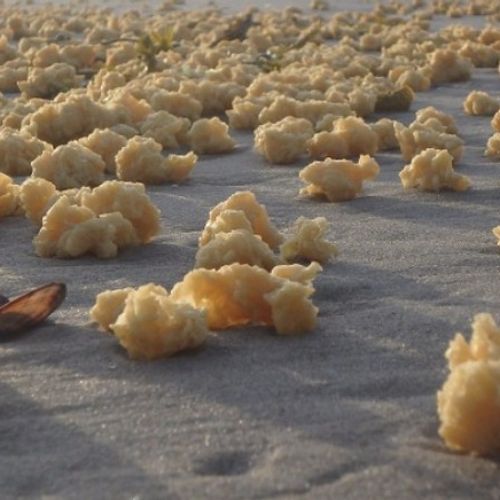
Not infrequently it happens that the trash accidentally or intentionally left by the person, may be something abnormal: signs of alien eggs alien, unknown water and land creatures, etc.. Also, this debris can enter into a chemical reactiile physical interaction with the environment. For example, to burn the grass or to form a ball.
Translated by «Yandex.Translator»
The waste industry
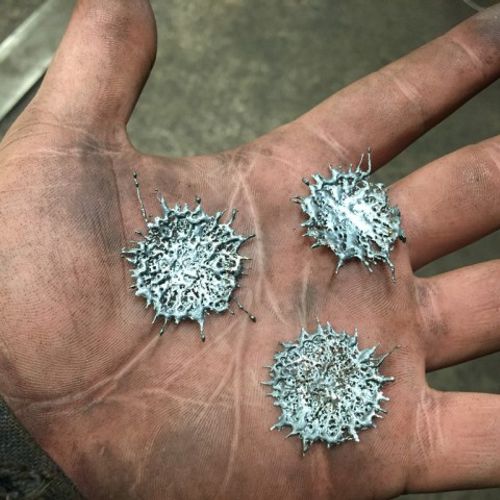
This category may include the remains of materials, raw materials, semi-finished products formed in the process of production. These are products resulting from physical and chemical processing of raw materials, mining and mineral beneficiation, which is not the purpose of this production process, the substances captured in the purification of flue gas and waste water, etc.
This may include, in particular:
Investigation
Resume
Similar facts
Log in or register to post comments


